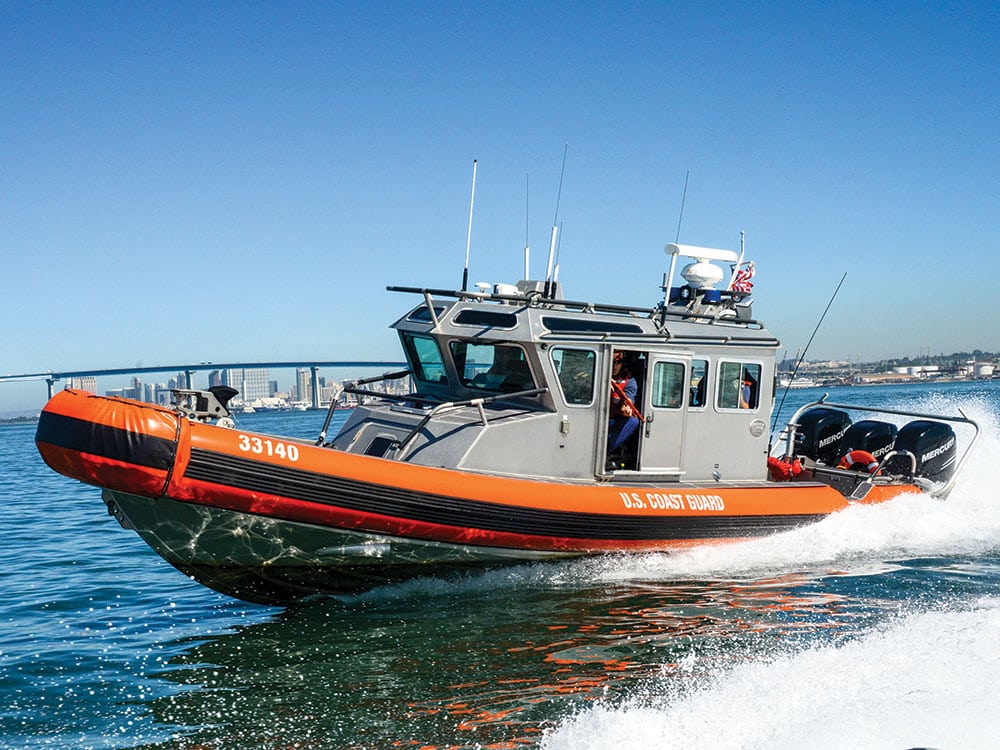
“Mayday, mayday, mayday.” Without a doubt, the most dreadful words a sailor or emergency responder will ever hear on a radio. In 2016, the U.S. Coast Guard received 16,343 calls for help, deploying surface and aviation assets regardless of conditions and sending personnel into harm’s way.
Unfortunately, 161 of those calls were later confirmed or suspected of being a hoax.
“Developing a technology to rapidly identify hoax callers and their location,” says Cmdr. Kristi Bernstein, of the Office of Maritime Law Enforcement, “would improve the ability of search-and-rescue controllers to identify probable hoax calls and make informed launch/no-launch decisions.”
The Coast Guard reminds the public that to knowingly communicate false distress messages puts the lives of sailors and rescuers at risk and costs taxpayers millions of wasted dollars, diverting valuable resources away from other legitimate operations. It is also a federal offense, punishable by up to six years in prison, total restitution of expenses and a fine of $250,000. But prosecutions are rare because prank callers, even serial callers, are difficult to locate.
To better enable it to locate, identify and prosecute these prank callers, the Coast Guard has teamed up with researchers at Carnegie Mellon’s Language Technologies Institute, which has developed software that uses artificial intelligence and machine learning to build a voice profile of a caller. “Profiling humans from their voice is a new area of research in voice forensics that is massively driven by recent advances in AI,” noted Rita Singh, senior systems scientist at LTI.
The Carnegie Mellon team provides voice forensics analysis of the hoax calls, which reveals key biometric and environmental cues, supplying prosecutors with a voice print, much like a fingerprint, of a voice like never before. From the recorded voice they deduce the physical characteristics of the caller and their environment, such as ethnicity, age, height, weight, education level, even the type of room the call was made from.
The Coast Guard hopes to use the science of voice analytics to prosecute those who transmit false distress calls, and that the publicity will discourage future perpetrators of this crime.








